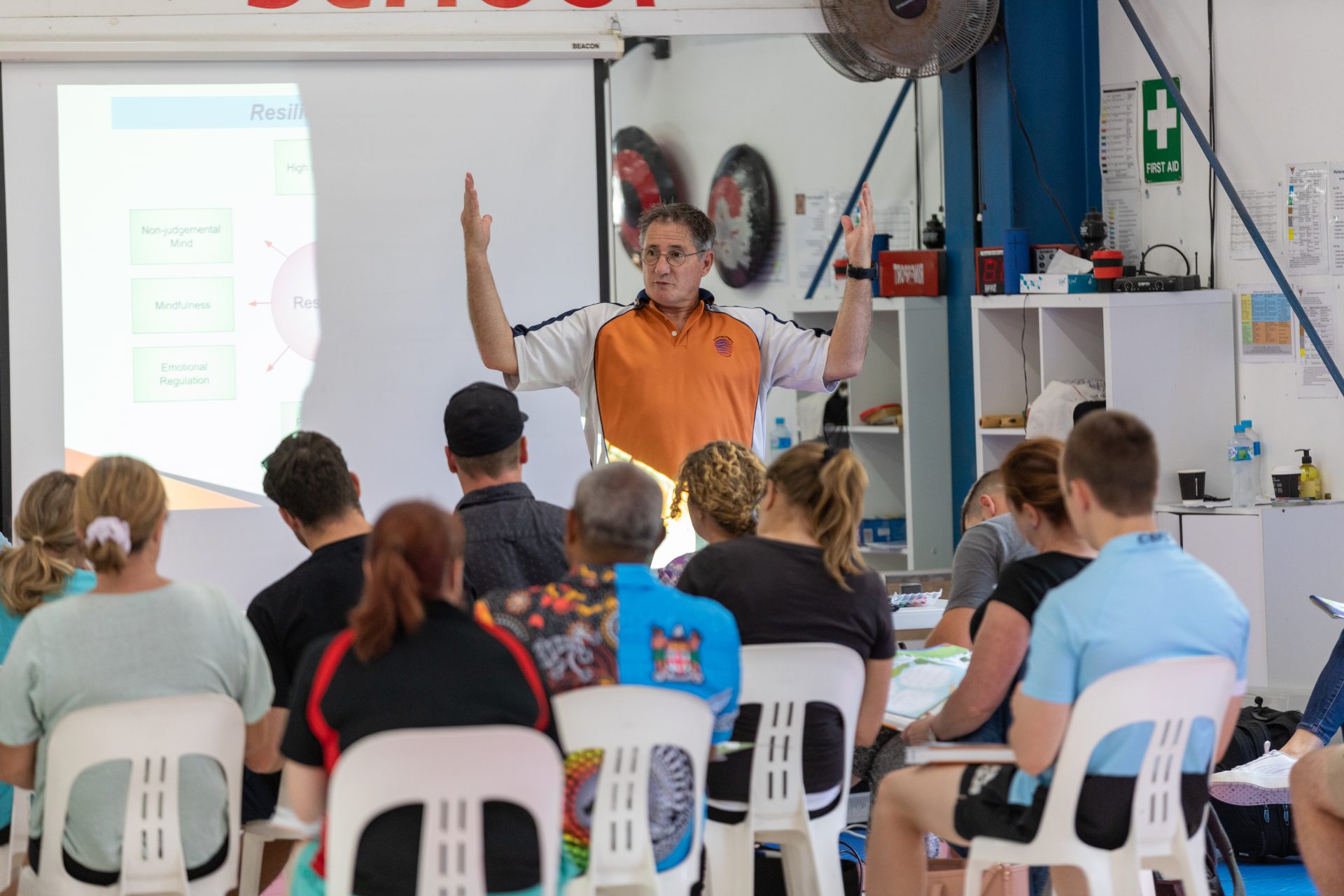All good schools have a strong focus on social and emotional learning, or SEL. The idea here is that children need to develop strong habits of behaviour in order to promote the important social skills to allow them to thrive. Educators understand what is called “ neurogenesis” . Daniel Coleman, in The Brain and Emotional Intelligence explains that the brain generates 10,000 stem cells a day that are split into two. One becomes the “daughter” line to keep generation cells while other goes where it is needed in the brain and becomes that kind of cell. Can you see the implications for learning and behaviour?
Neurogeneseis adds to our understanding of the concept of neuroplasticity, where the brain continually reshapes itself according to the experiences we have. If we are learning a new habit, like being a better listener, or communicating with more empathic selection of language, then that circuitry grows accordingly.
Parents can probably deduce the difficulty, then, in trying to overcome bad habits, as the neural circuitry to build the particular habit has been strengthened and reinforced over time. The implication is clear, try to buld positive social and emotional habits from the start, and continually reinforce the, over time.
So where does Rock and Water fit in?
A really good Rock and Water teacher uses the constant repetition of skills, including feedback and rationalisation through explanation, examples and transfer to life where appropriate. The student in a Rock and Water class can’t help but to become aware of both the synchronicity of the class and the behaviours of individual students around them. This promotes social acuity , communication and empathy. Partner games and exercises offer a much more explicit set of skills in communication and collaboration. This requires both the utilisation of mirror neurons as well as logical capacity.
There is a general assumption that boys and girls have different levels of empathy and ability to connect and collaborate. This might be generally true but bear in mind that the differences are minimal. Women tend to be more highly developed in the use if the mirror Neuron system, while men seem to use bursts of mirror Neuron activity and then go into problem solving mode. It’s better to look at two emotional systems, one for cognitive empathy and another for emotional empathy. It is true that many women are great at systems thinking while many men have strong emotional empathy.
The important point here is that the individual needs to have the opportunity to develop and reinforce these systems over time, through strong SEL programs both at school and in after school activities, and these programs need to run from early childhood right through puberty, when brain “ shedding” and refining is at its most active. If we allow few opportunities for social interaction and emotional learning then the pathway to effective and rewarding relationships in adult life becomes rocky.
Students who undergo the Rock and Water program often complete journals where they describe their experiences in the lesson and attempt to make some transfer to other aspects of their lives. Many students also complete pre and post surveys where they are asked about their ability to handle pressure, to handle conflict and also to check their self esteem. The responses are often very similar. Students write about their abilities to work with others, to tolerate the taunts and social rebuffs of others without damage to their self esteem. They write about overcoming doubt and finding the confidence to work towards a desired goal. It is gratifying to read about students who felt that they have become leaders, or that they have gained a satisfaction in helping others down the same path.
Many schools see programs such as Rock and Water as a way to augment other SEL initiates in their school. In this case the program might be taught as an intensive one day activity or a short course delivered to identified at risk students. Other schools understand the process of neurogenesis and the implication that students need repeated exposure to practices that encourage positive and respectful interactions that help to develop deeper communication and empathy. With this in mind, many schools insist on a two tier approach, where all students are exposed to the program over a set time, usually a term and with adequate reflective intervals between lessons. It makes sense for the program to be taught once or twice a week for at least one term. More would be better, but schools are busy and the curriculum demanding, so it is difficult in a pragmatic sense to offer more time even though it may be desirable.
Schools that take this approach also ensure that students who need more exposure to the program are able to participate in withdraw groups in following years as a second tier of the program. It is important that parents are aware of the program and its benefits so that they can better understand the program and its principles in order of reinforce the language and techniques of the program at home. In this way, positive behaviours and attitudes can be reinforced, and neural pathways strengthened to promote ongoing positive habits.

